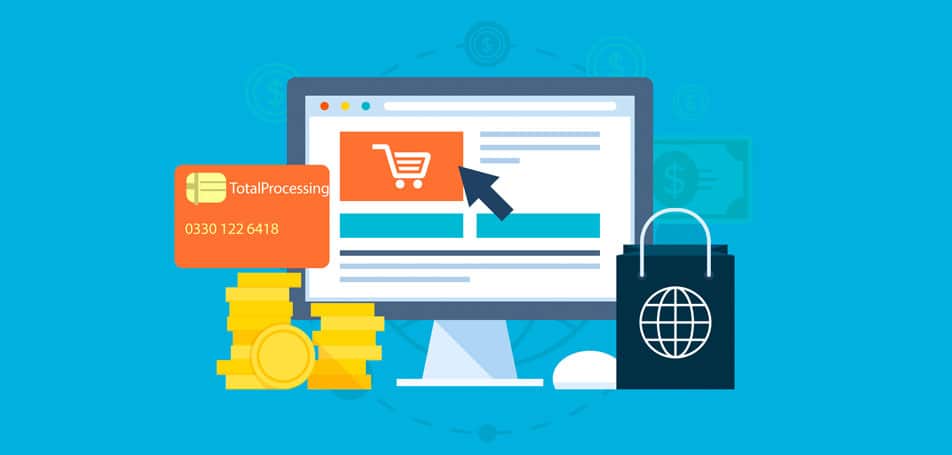
Magento 2 is often praised for its unlimited customizability and wide range of features, but the endless number of possibilities can seem overwhelming for those looking to build their own websites quickly. Many people don’t know that they can actually create their own Magento store, customize it, and get it up and running in just 90 minutes when they’re equipped with the right plan. Curious? Here’s how to get started:
Determine Your Hosting Needs
First, you need to decide whether Magento Open Source or Magento Commerce is the right fit for your business. Magento Open Source is a great choice for small businesses and start-ups because the platform itself is completely free. However, the free version lacks the security, 24/7 support, and cloud availability that’s provided through Magento Commerce. Take your time to compare the two options and carefully consider which one will help you achieve your eCommerce goals.
Find a Hosting Provider
The right Magento hosting provider will make the entire installation process a breeze. Many expert Magento partners, including Nexcess, Cloudways, and Mgt-commerce, will allow you to go live in mere minutes. Although you will have to pay a monthly fee for a hosting provider, you’ll receive multiple benefits from selecting the right partner, such as:
- Technical support from Magento experts.
- High-performance optimization.
- Access to the latest technologies.
- Excellent scalability.
- Managed migrations and updates.
- Security tools.
Choose a Theme
Once you have a basic website, you need to select and customize a theme that complements your company and products. You can choose a theme from the Magento Marketplace to simply plug it into your existing site, or you can browse other sites to find the perfect design for your eCommerce store. Either way, be sure to select a responsive theme to make it easy for shoppers to browse your site whether they’re using a mobile device, tablet, or laptop.
Set Up Your Catalog
Magento provides a few different ways for merchants to display their product details. Here’s a basic rundown of the various options:
- Display Products Only. As the name implies, it simply shows the product, the description, and the image you upload for that item.
- Static Block Only. This will display the static block you select and make the page appear as a landing page for site visitors.
- Static Block and Products. If you have several different categories and want to feature general content between each category, this option makes it easy to separate lists of products with a customized static block.
Add Products
Now it’s time to upload your products to your store catalog. Magento features a variety of common product types you can use to best show off your inventory, including:
- Simple products.
- Configurable products.
- Grouped products.
- Virtual products.
- Bundle products.
- Downloadable products.
- Gift cards.
Set Up Payment Options
This step includes linking your store to a PayPal account so you can begin taking orders as soon as your site becomes live. Go to the PayPal options in the configuration menu to set it up in just a few steps. Implement a flat shipping rate for purchases, and later on, you can integrate other payment options to accommodate a wider range of customers.
Lastly, before you start selling products, be sure to set up transactional emails. Magento comes with a basic set of emails that are sent to visitors when they place an order, abandon their cart, or create a profile on your site. You can follow the outlines of these pre-installed messages, but they will require some slight edits to match your specific brand voice. Simply go to System and select the Transactional Emails option.
Ready to Go Live?
In just 90 minutes, you can find a hosting provider, choose a theme, upload your products, and begin selling online hassle-free. Of course, this guide only covers the essential basics to get your store up and running. To maintain a successful online business, you’ll have to look into SEO tools, analytics, checkout optimization, and much more. Luckily, there are countless resources and an entire community of Magento enthusiasts to help you along every step of your eCommerce journey! Ready to get started?













